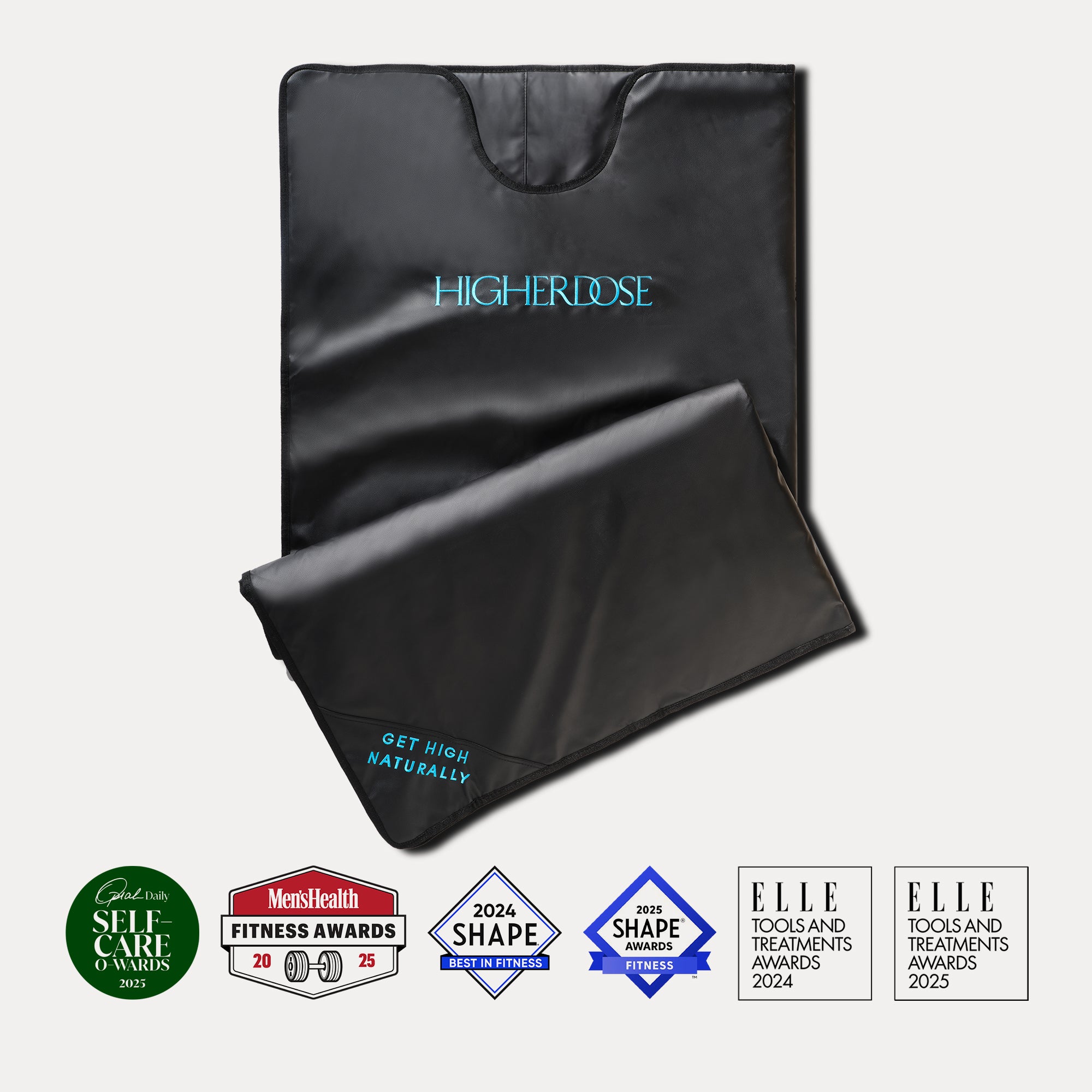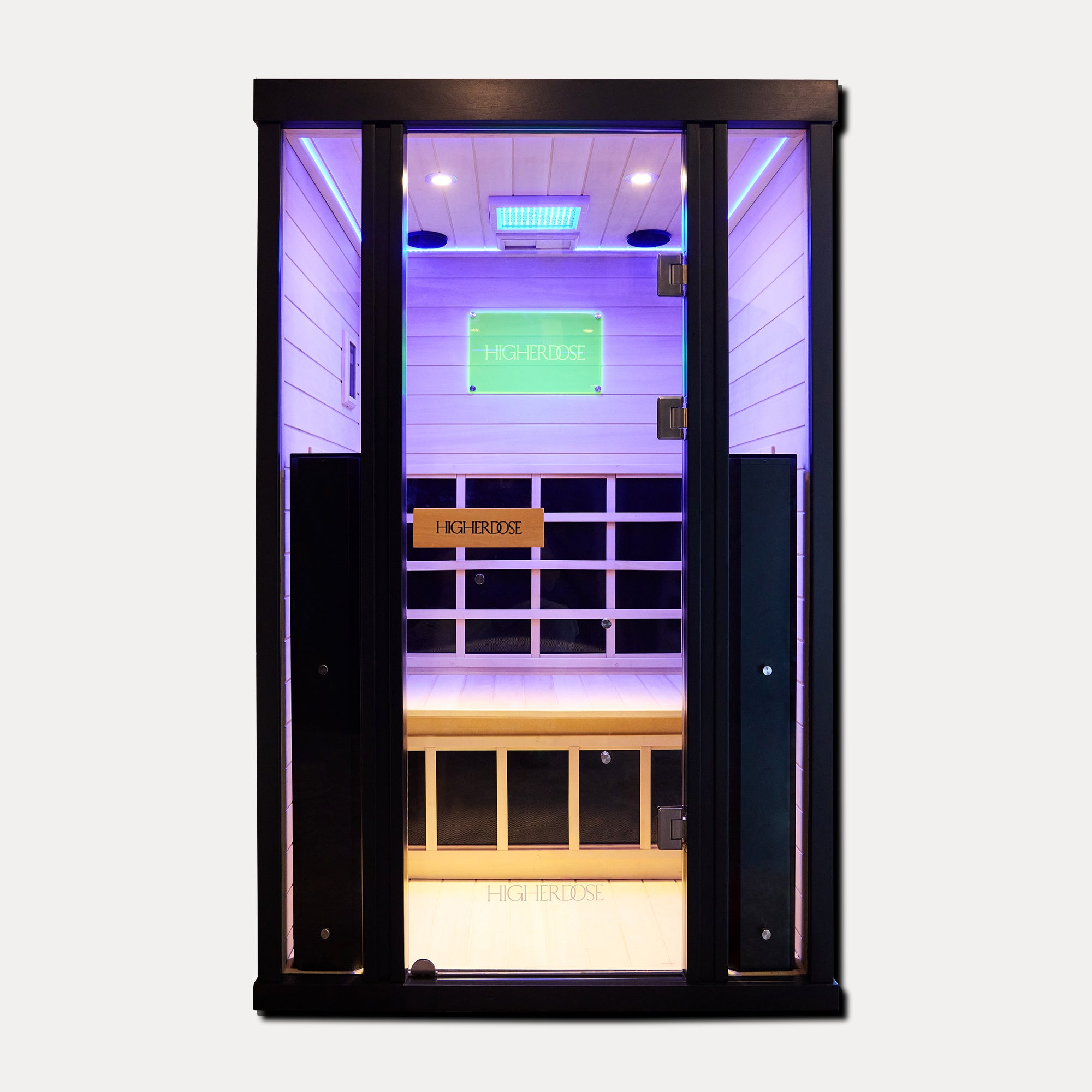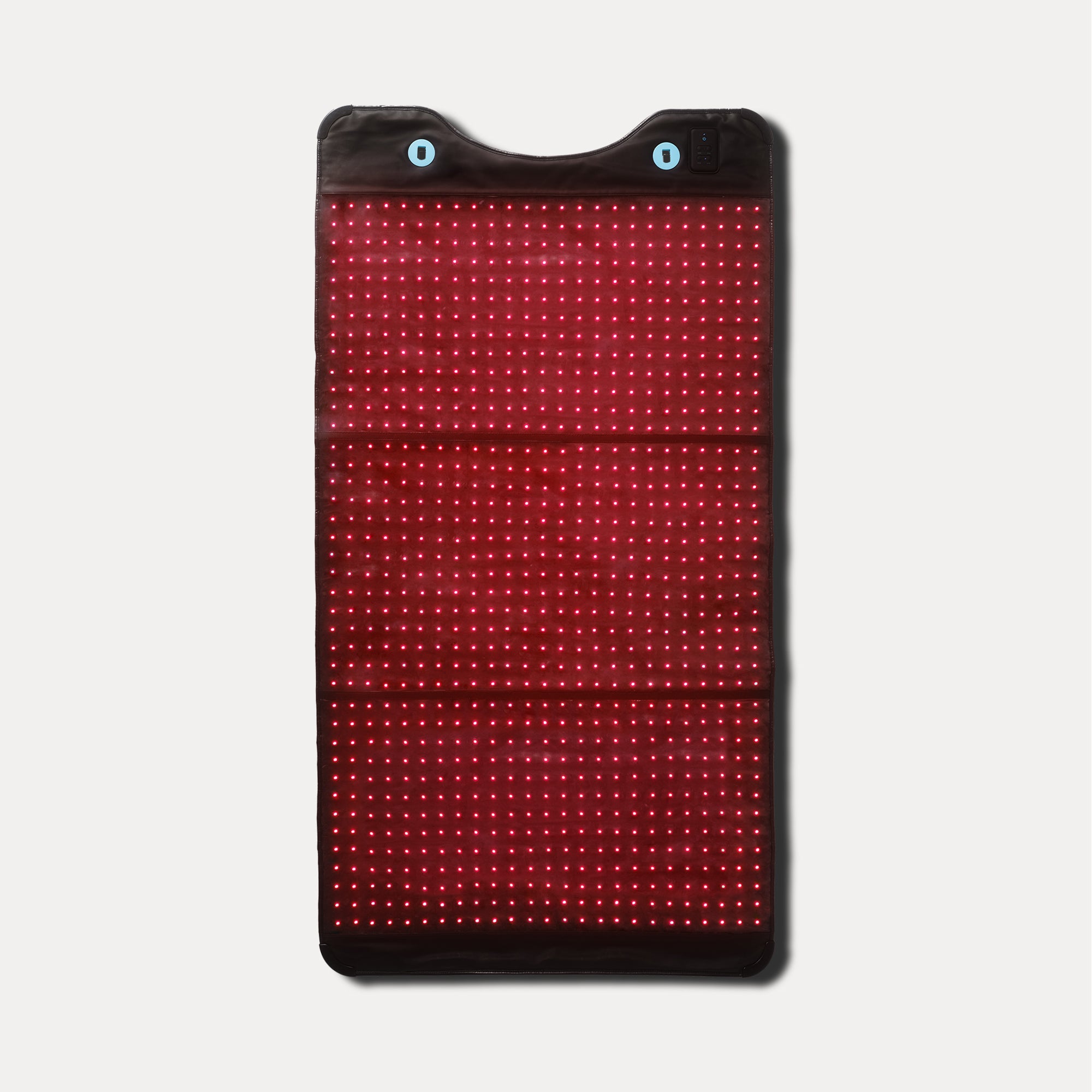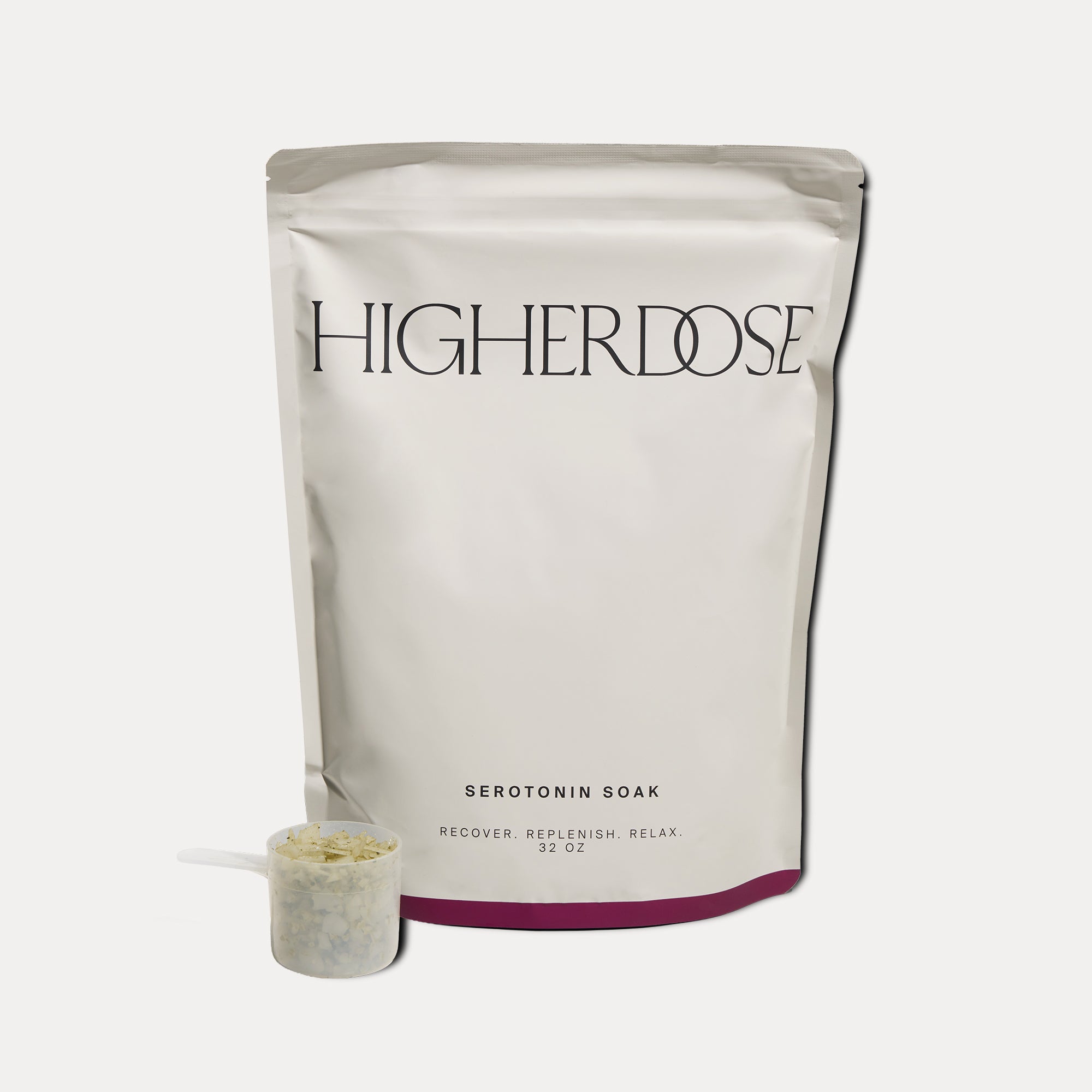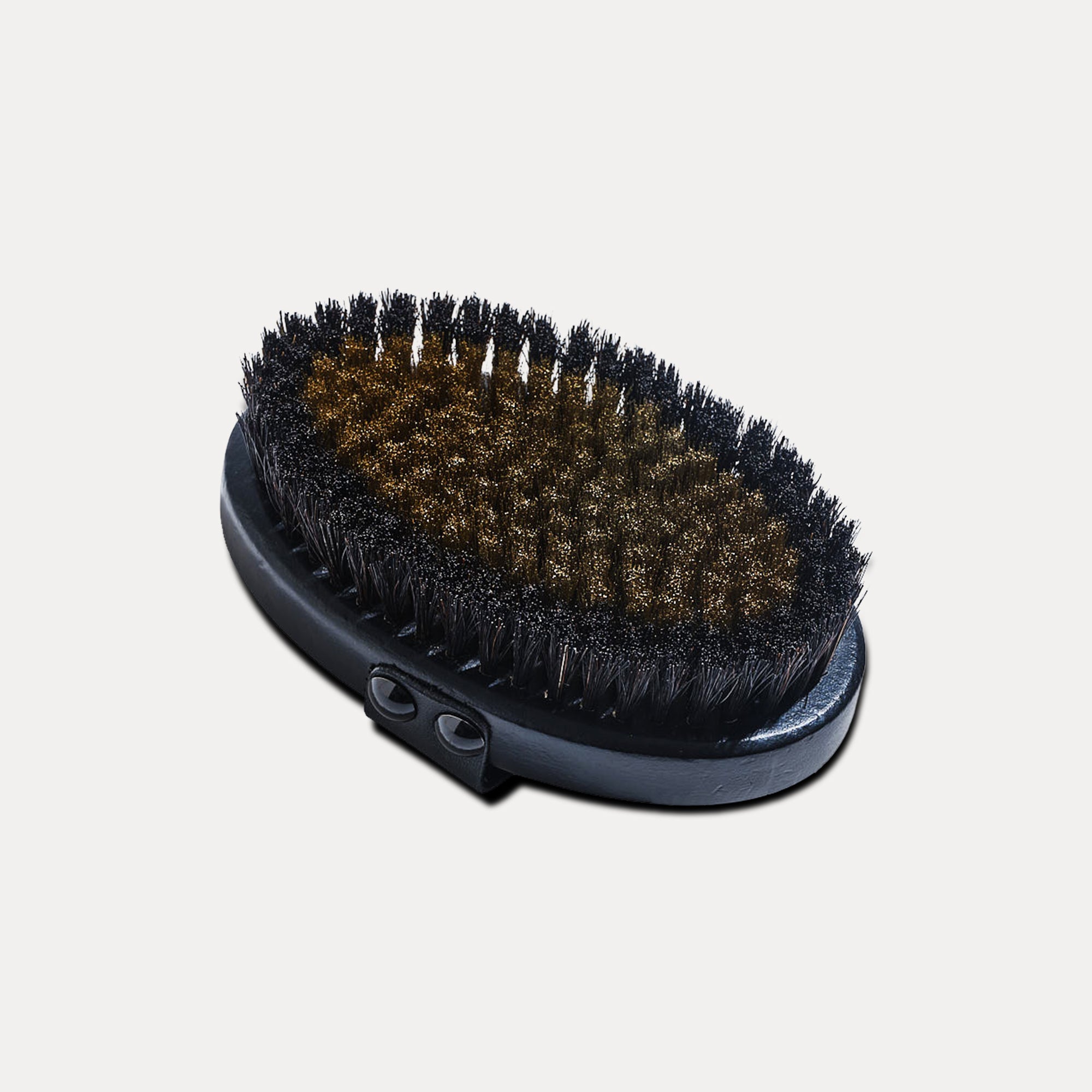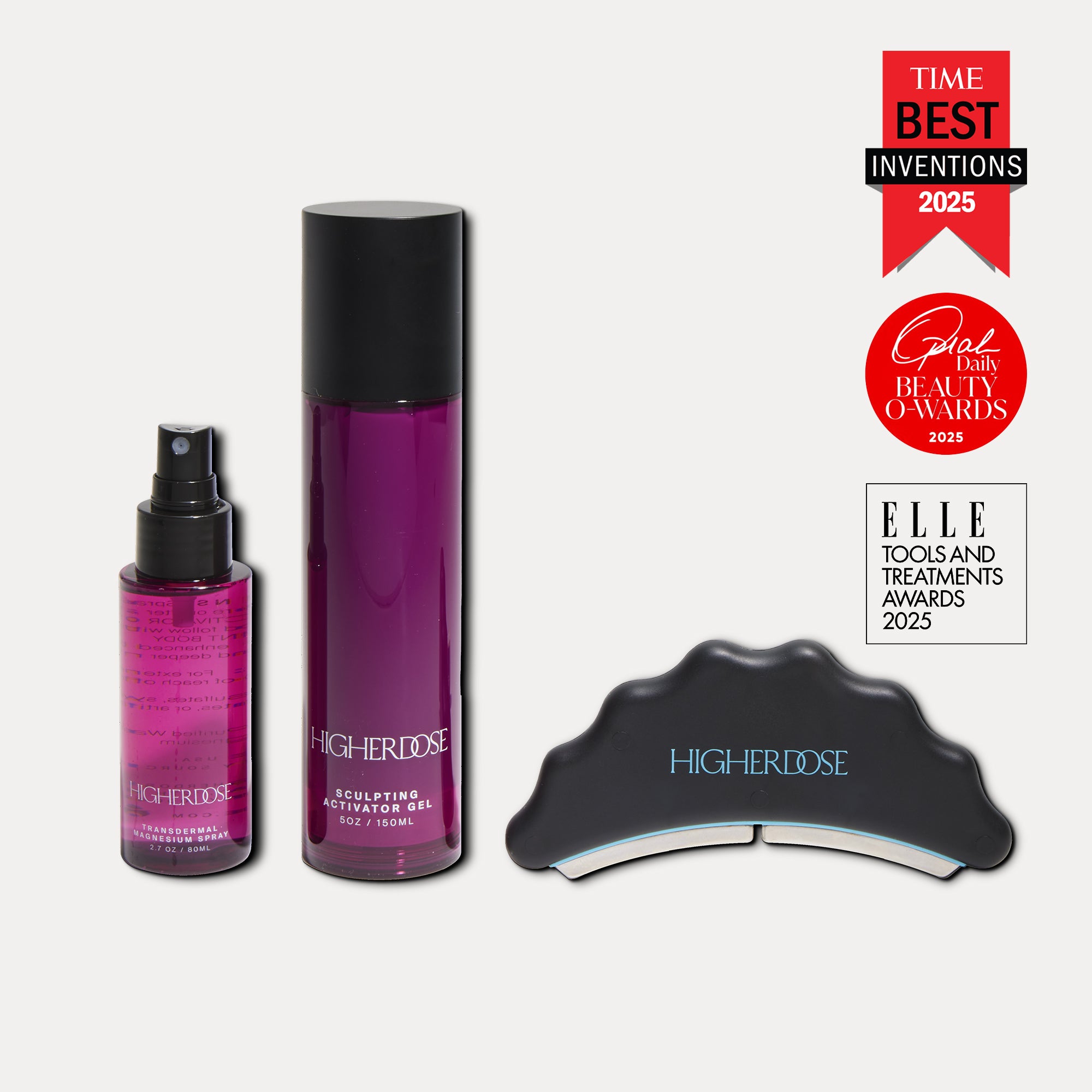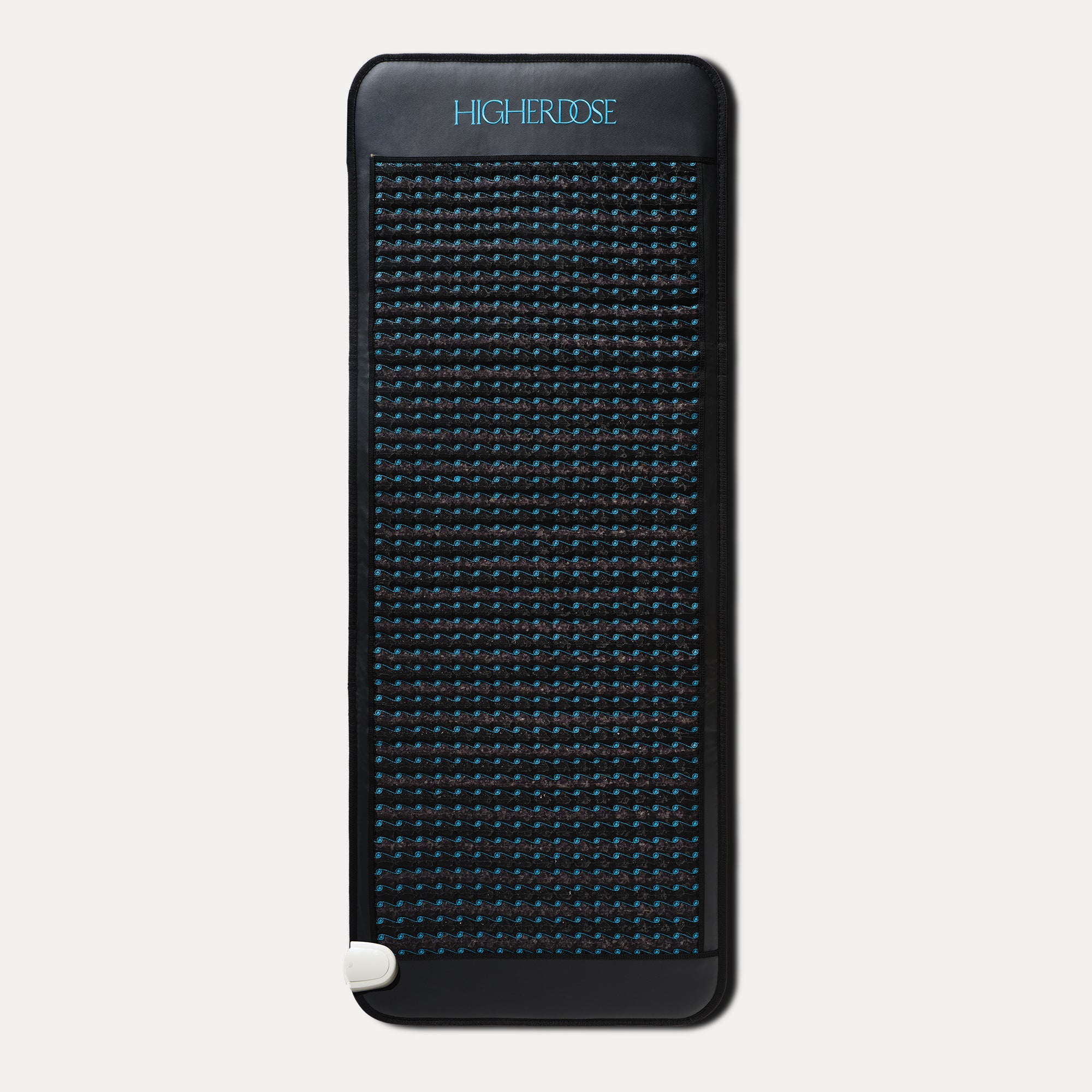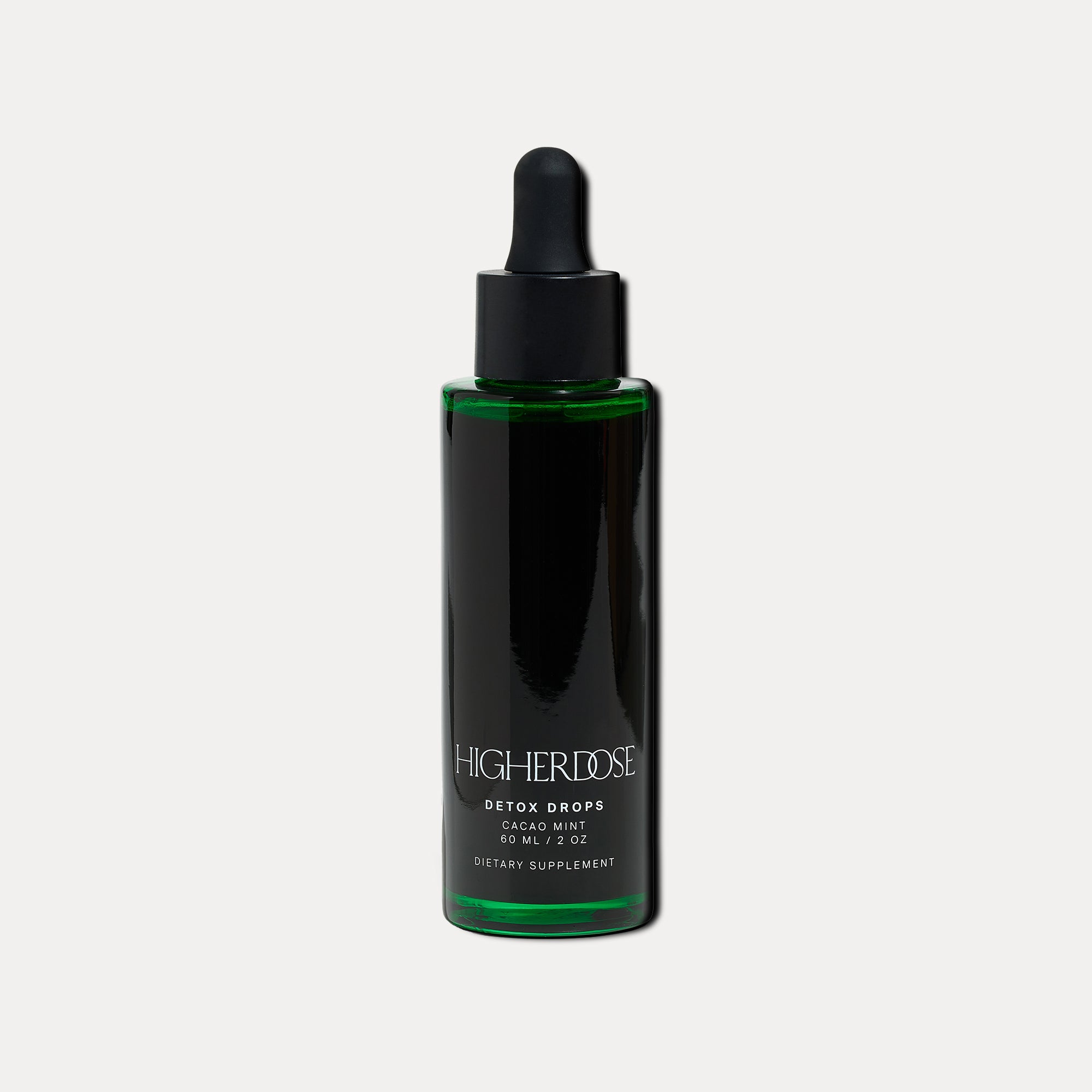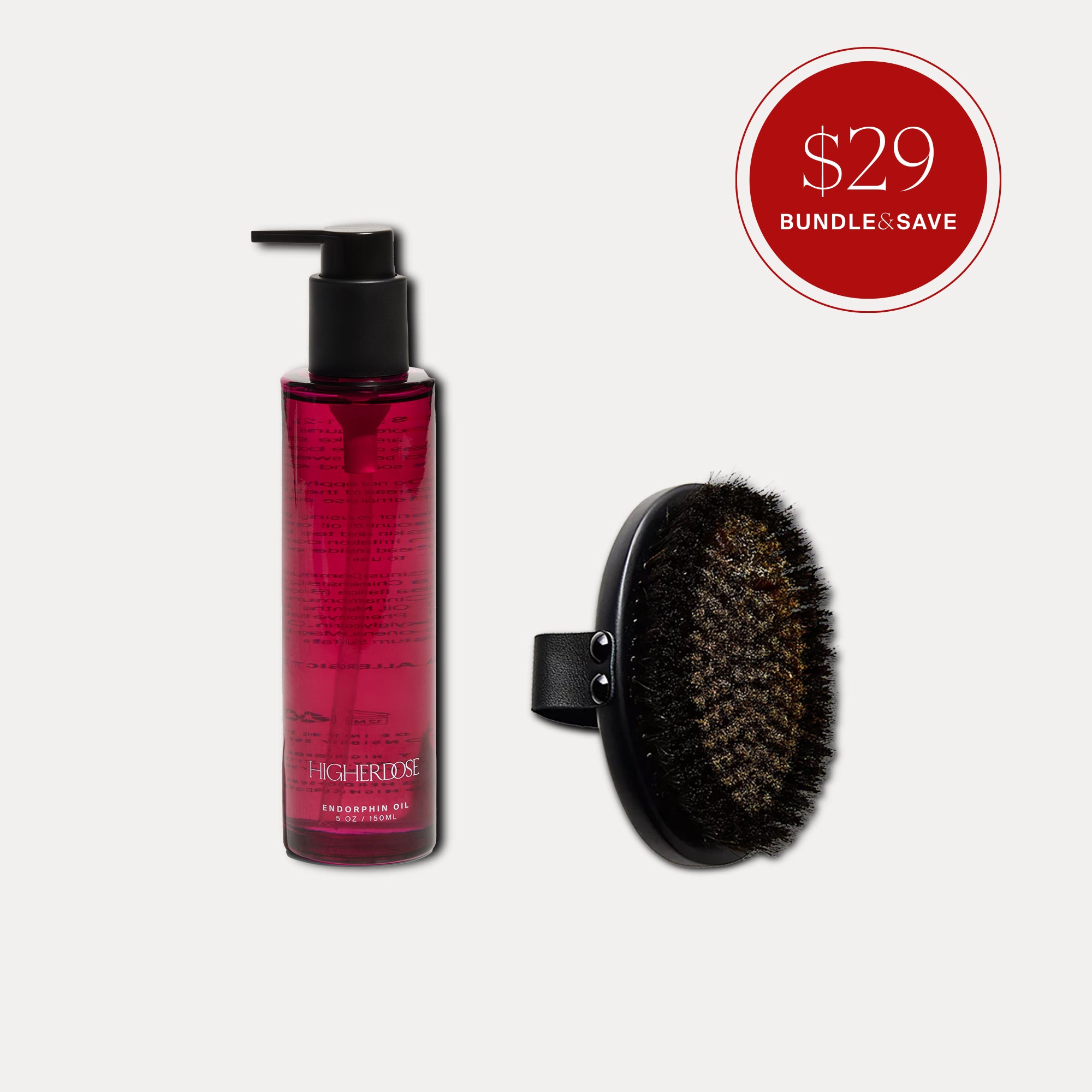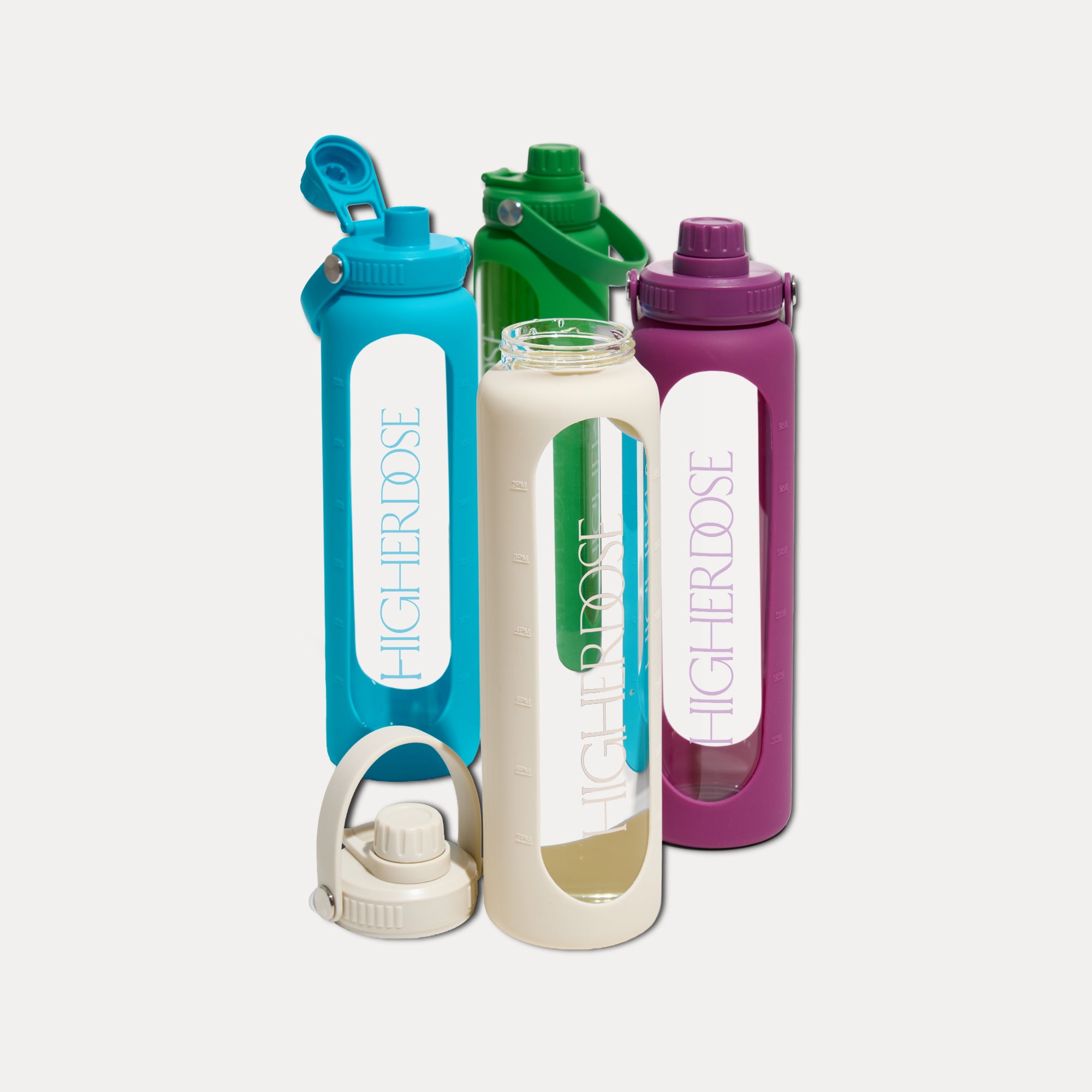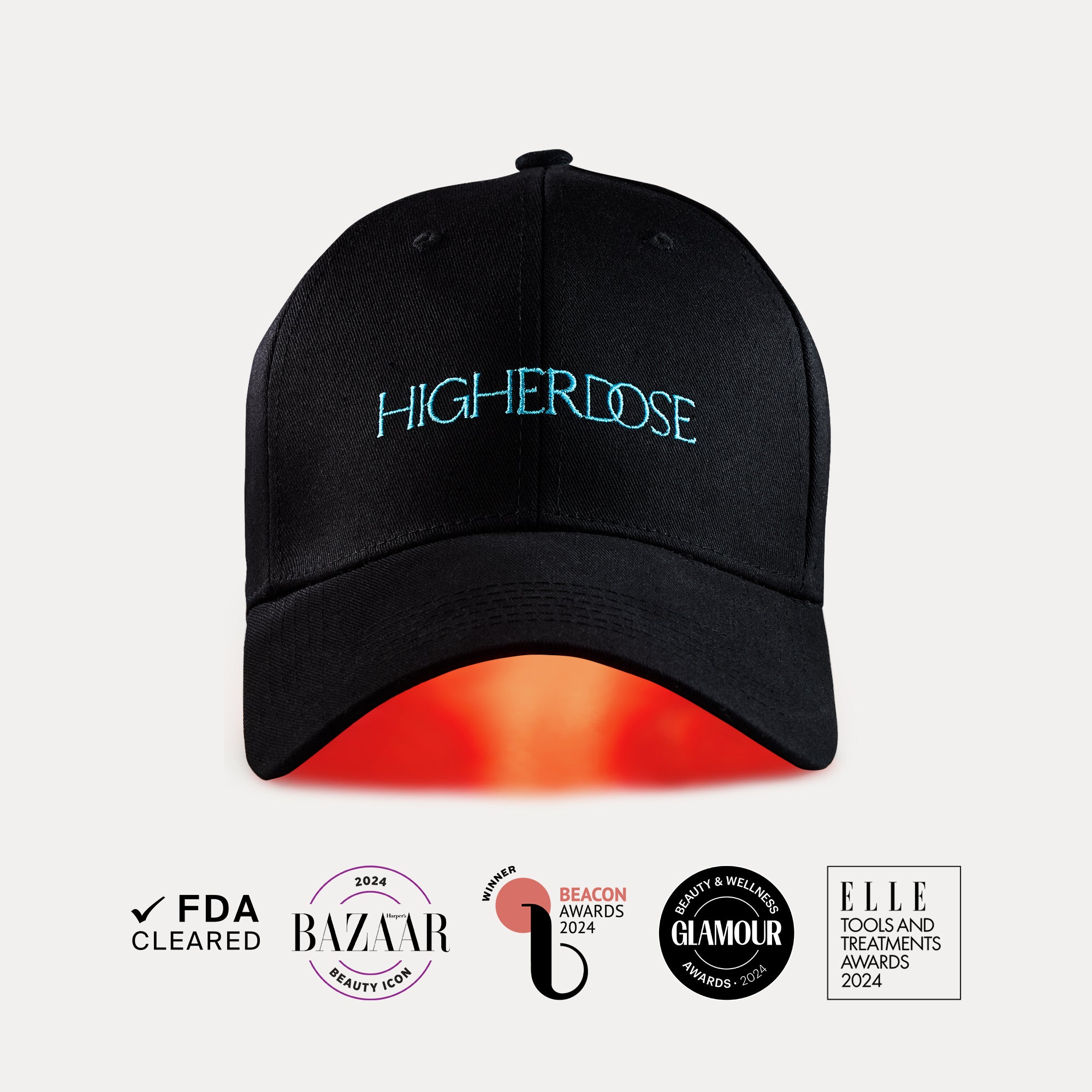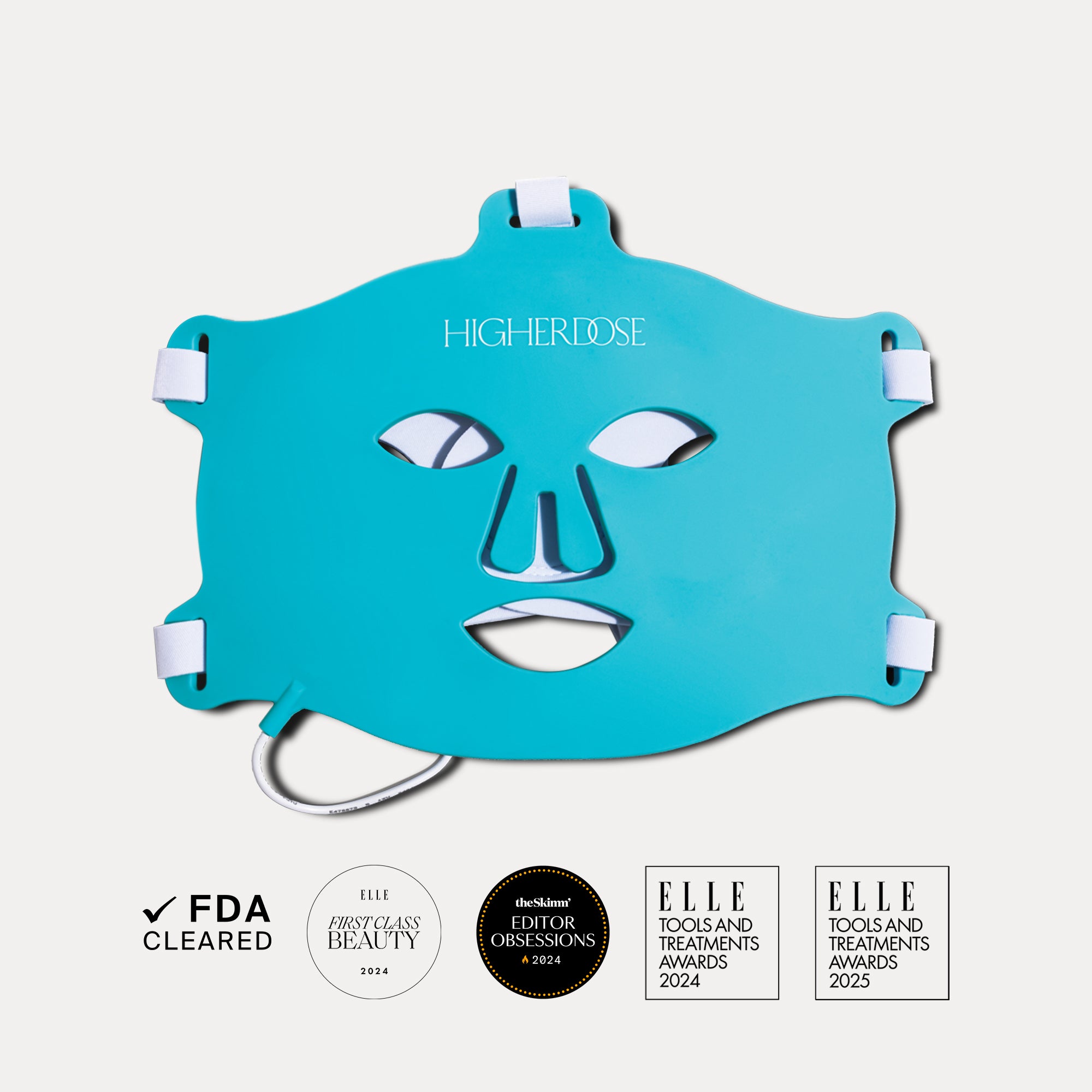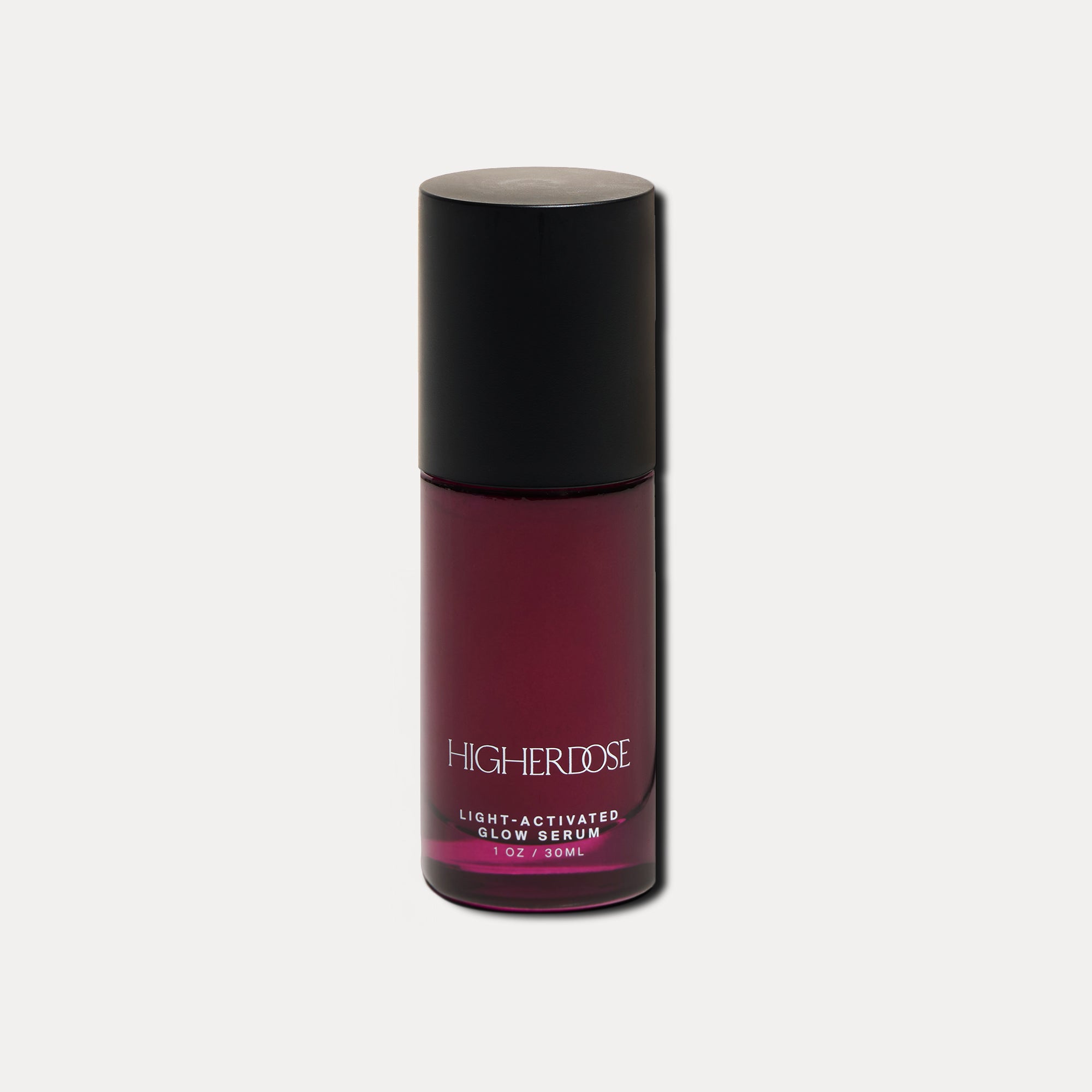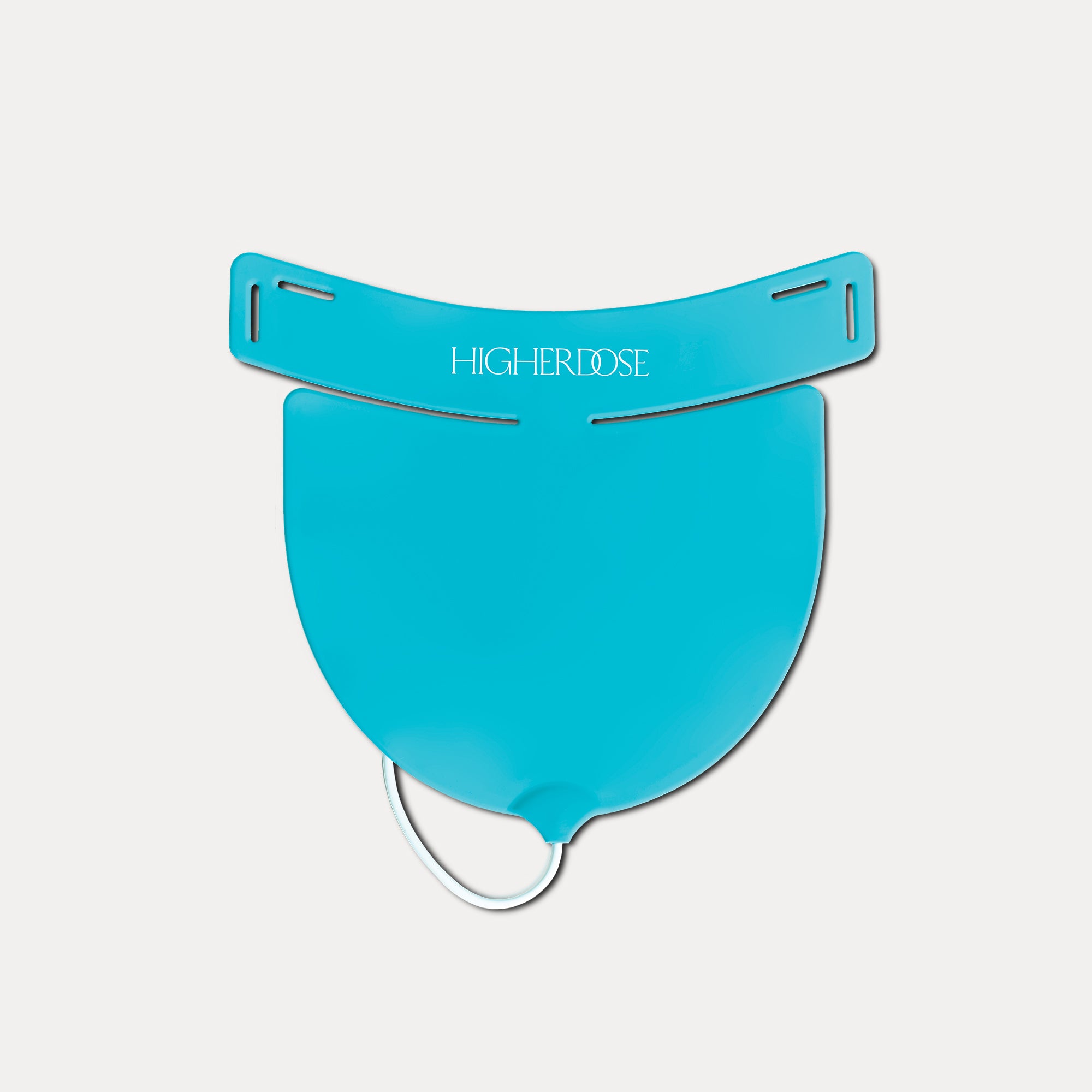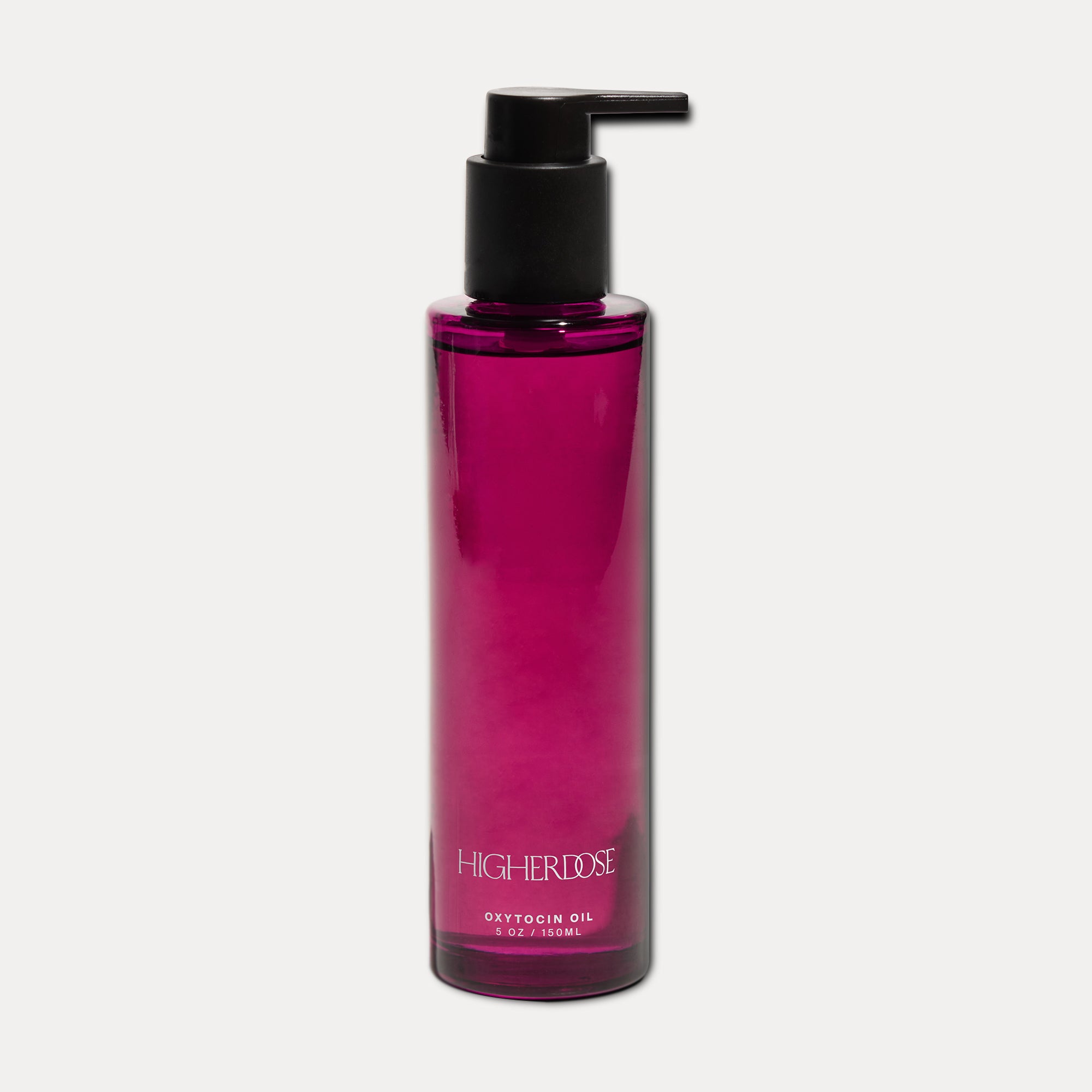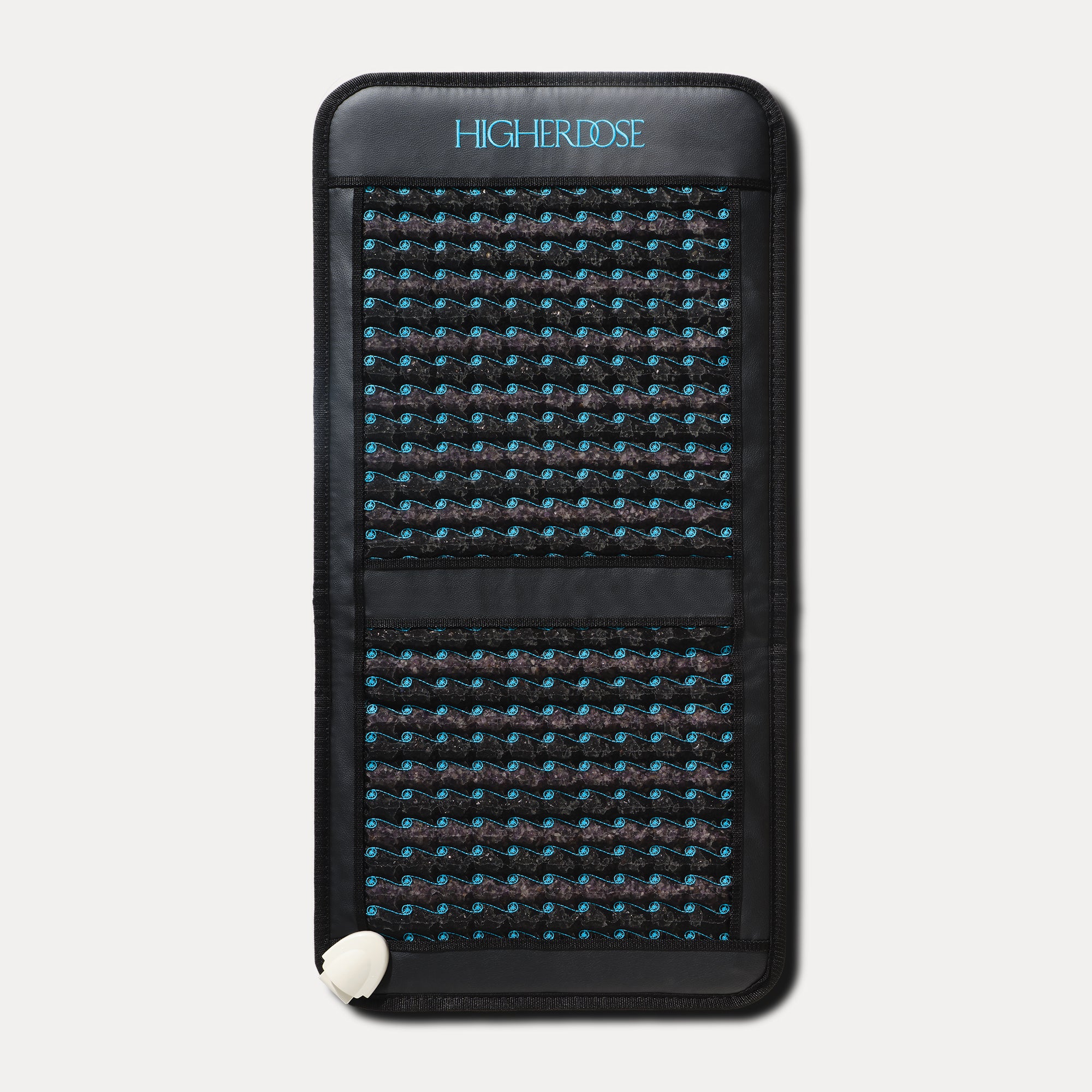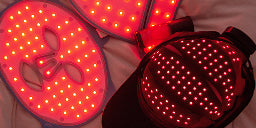
Don’t Sweat It: How to Recover Like a Pro
Rest and recovery are an essential part of every pro athlete’s program. Whether you’re doing an easy-at-home cardio workout or sweating long hours at the gym, your body needs some TLC when you’re done.
While you might think you need “no days off” to see significant results when it comes to working out, your body actually requires regular recovery in order to get quicker, more sustained gains.
Take a tip from the pros with these muscle recovery techniques that will get you fit, keep you focused, and make you ready for the next challenge.
Heat things up. Cool them down.
Not everyone knows how to do hot and cold therapy, but learning when to heat and when to ice can make a big difference in your muscle recovery.
During a hard workout, your muscles naturally tear (micro, don’t worry), which causes a natural inflammatory response post-workout. Like any injury, your body sends blood flow and oxygen directly into the muscles to help repair the muscle damage (again, this is totally normal). Because of this process, you can be left feeling sore and swolen (which means you definitely had an effective workout).
So when exactly do you need ice and heat? The long-and-short of it is that your body needs a combination of both.
Ice will immediately stop inflammation, but will also postpone the healing process by restricting blood flow.
Heat, on the other hand, brings circulation to the muscles, which can temporarily make pain worse, but can also promote longer-term healing.
Hot Tip: If you don’t have an ice pack or a heating pad, take a hot shower, followed by at least 3 minutes of ice cold water at the end. Do this two-to-three times, varying between hot and cold, to help prompt your body’s immune response and expedite healing.
If you do have an ice pack and a heating pad, heat a targeted area for about 5-10 minutes and follow it up with 10-20 minutes of ice.
Get a DOSE of infrared
Tons of pro athletes use infrared therapy as a secret recovery weapon. The Knicks basketball program, New York’s American Ballet Theatre, and Tom Brady are just a few athletes who have started discovering the power of infrared, in addition to celebrities and personal trainers.
Unlike a traditional sauna, infrared light waves heat the body directly and increase your body's core temperature without relying on intense high heat. This increases circulation and blood flow, delivering nutrients to the body without over-challenging the muscles that need a little rest. While you hang out in the heat, your body releases toxins that could be impeding your overall performance.
It’s also shown that infrared saunas can lead to an increase in HGH (Human Growth Hormone). This hormone is naturally produced by the body in the pituitary gland and is responsible for cell growth and regeneration. An increase in HGH can repair tissue, keep organs healthy, and lead to glowing skin.
The best part? You can get a DOSE of infrared healing right at home with our Infrared Sauna Blanket.

Roll it out
An athletic truth: Tightness leads to injury.
Foam rolling is the ultimate recovery tool for both warming up pre-workout and cooling down post.
How? Through myofascial release. Within your muscle, you have multiple layers of fascia that essentially wrap around every individual muscle fiber. While these fascia help to give muscle their shape, they can also lead to a lot of pain and tightness, which can make the body prone to injury and chronic inflammation.
Using a foam roller, trigger point ball, or percussive massage device can not only help to break apart the fascia and release the muscles, but they can also increase blood flow and circulation to the muscles and joints while also getting rid of lactic acid build up (which can make you super sore).
Hot Tip: Cool-down stretching should never be a quick process. Ease into foam rolling by committing to:
- 2 minutes on your quads
- 2 minutes on your IT band
- 2 minutes on your adductors
- 10x on calves and hamstrings
Remember to always keep foam rolling to muscles and tendon, always avoiding bone and joints.
Pack it in
Simone Biles is just one of many Olympians who swear by compression therapy to help sore muscles recover.
Compression therapy aims to increase blood flow – but only to specific parts of the body. It’s essentially like using a blood pressure sleeve, but for your entire body that works in intervals and at different sections, starting with your feet and working up towards your head to mimic your body’s natural circulation.
The reason compression therapy is so successful as a recovery tool is due to lymphatic drainage. Your body is filled with lymph nodes that work to push toxins and waste out. When your disposal system isn’t working up to speed, you can retain water, feel sluggish, and compromise your immune system.
Compression therapy, in massaging the muscles through these intervaled pulses, helps to stimulate the lymphatic system, which not only improves blood flow and circulation, but it also helps to remove toxins and boost your immune system.
Hot Tip: Try our Lymphatic Drainage Treatment at our Williamsburg location, which is a comprehensive detoxification session. You get 30 minutes in our infrared sauna, wrapped in magnesium oil, followed by a deeply restorative lymphatic massage from one of our bodywork specialists.
Of course, after every workout it’s important to drink water, fuel your body with healthy food, get deep zzzs, and take care of any nagging injuries.
Show us how you’re crushing your workout and recovery by tagging us on Instagram.
